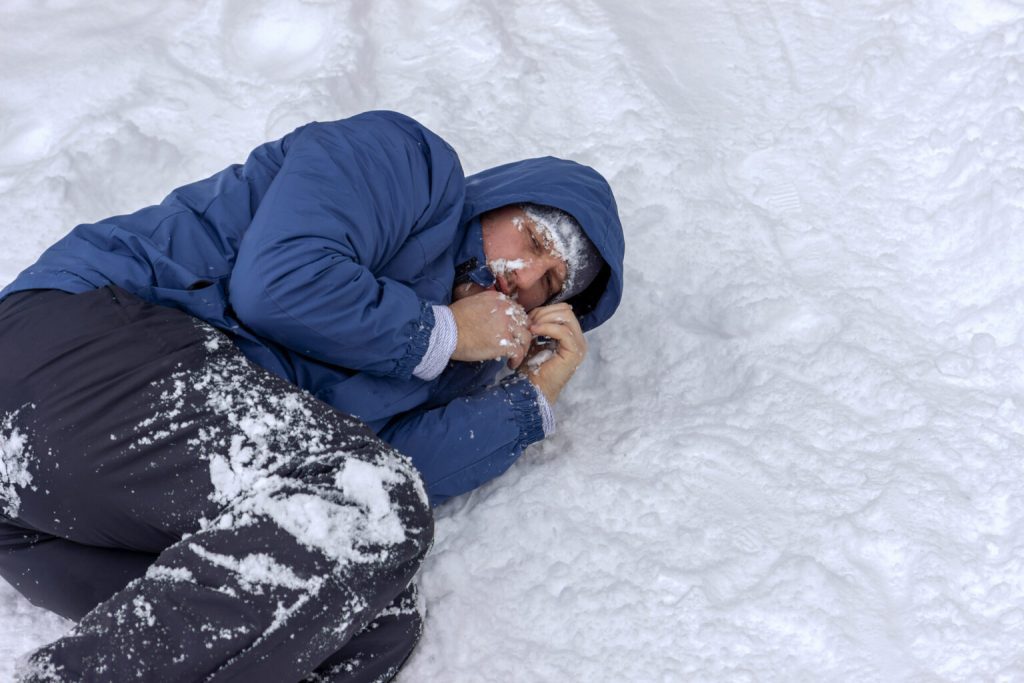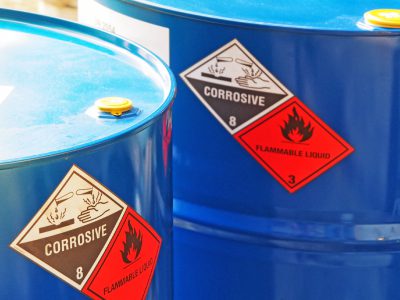When the body is unable to heat itself, due to extreme cold or heat loss and the body’s temperature gets declines, is called cold stress. Due to cold stress, the body losses its ability to warm it up, and a survivor can get a severe cold-related illness, injuries, and permanently damaged tissues. And in some cases, survivors lost their body parts, or the worst is lost their life. What constitutes cold stress and its effects can vary across different areas of the country. In regions that had no extreme winter weather, near-freezing temperatures are considered factors for cold stress. Increased wind speed also causes heat to leave the body more rapidly (wind chill effect). Wetness or dampness, even from body sweat, also facilitates heat loss from the body.
Factors Contribute to Cold Stress
Four factors create cold stress, cold temperature, high or cold wind, dampness, and cold water. A body needs to work harder to retain its core temperature of 98.6F in cold conditions. Every person is working in a cold environment must know that cold air, water, and snow all draw heat from the human body. And when these conditions combine with inappropriate clothing, they create cold stress.

Who Can Be Affected by the Cold Stress?
Environmental cold can affect any worker exposed to cold air temperatures and puts workers at risk of cold stress. As wind speed increases, it causes the temperature of air high to feel even more chills and increases the risk of cold stress injury to exposed workers. Workers on the higher risk are recreational workers, snow clean-up crews, construction workers, police officers, and firefighters. Other workers who may affect by exposure to cold conditions include those in transit, baggage handlers, water transportation, landscaping services, and support activities for oil and gas operations.
- Wetness/dampness, dressing improperly, and exhaustion
- Predisposing health conditions such as hypertension, hypothyroidism, and diabetes
- Poor physical conditioning
Types Of Cold Stress
HYPOTHERMIA:
Hypothermia, when the body lost the ability to produce energy as fast as it is losing it due to cold. When the body is incapable of maintaining the temperature of 98.6 F, and it reduces to 95 F or below, that resulted in hypothermia or abnormally low temperature. A person can get hypothermia if he feels chills from rain, sweat, or immersion in cold water, and his body temperature is above 40 F.
First aid requires immediate calling to 911, moving the person into a dryer and warm place. Remove and replace all the wet clothing with dry and warm ones and use the garbage bags or tarp as a vapour barrier. If medical help is 30 minutes away, use hot water bottles or hot packs and place them in the armpits, sides of the chest, and groin. If the patient is conscious, give him a warm sweetened drink to increase his body temperature.

Immersion/Trench Foot
Trench foot is also known as immersion, which is a non-freezing injury. It can affect a person’s foot which remains wet and cold for a prolonged period in a temperature high as 60F. It also needs to consider that wet feet lost their energy 25 times faster than dry feet. Therefore, to prevent heat loss, the body constricts blood vessels to shut down circulation in the feet. Skin tissue begins to die because of a lack of oxygen and nutrients.
The symptoms include reddening skin, tingling, pain, swelling, leg cramps, numbness, and blisters. First aid requires immediate calling to 911, removing wet socks and shoes, and drying them. Then elevate the feet and avoid walking, and get medical attention as soon as possible.
Frostbite
Frostbite is an injury to the body that is caused by freezing. It causes a loss of feeling and colour in the affected areas. Affects the nose, ears, cheeks, chin, fingers, or toes. It can permanently damage body tissues, and severe cases can lead to amputation. Frostbite is more likely to occur in workers with poor circulation or who do not dress properly in cold weather. It causes redness, tingling, pain, loss of feeling, and blisters.
First aid of frostbite is not different from other cold stress injuries. In frostbite, calling 911 is most important, removing wet clothing and wrapping the affected areas with dry cloths. Do not rub the skin, apply hot pads, water on the affected areas because if frostbitten parts are rewarmed and freeze, more tissues will damage. Do not break blisters and wait for the medical team to rewarm the frostbite.

Prevention From Cold Stress
To avoid the cold, one must wear appropriate clothing and know which textiles are suitable for winter. Workers know that they are required to wear three layers of clothing while working in a cold environment. Clothing should be warm, absorbent, and allow ventilation. One should avoid fitted or tight clothes because it reduces the blood flow, and constantly wear hats, insulated boots, and gloves. Always keep dry clothing in the working areas. Workers and supervisors may drink plenty of water to stay hydrated and avoid caffeine and alcohol. Try to use the warmer part of the day to complete heavy work. Workers should work in pairs to keep an eye on each other’s conditions and follow and inform any signs of cold stress.
Employees and supervisors need the training to be able to detect early signs of cold stress. Supervisors should watch for signs of cold stress and allow workers to interrupt their work if they are uncomfortable. Supervisors should also ensure that work schedules allow appropriate rest periods and ensure liquids are available. They should use appropriate engineering controls, personal protective equipment, and work practices to reduce the risk of cold stress.











